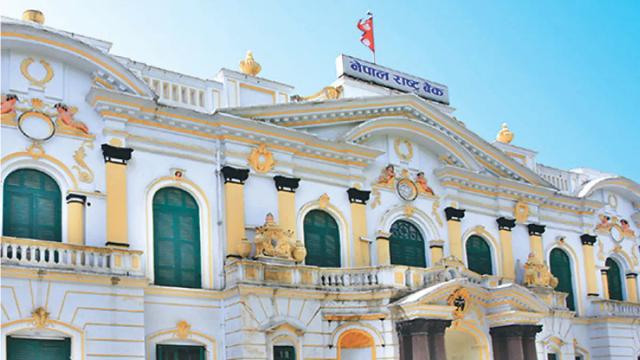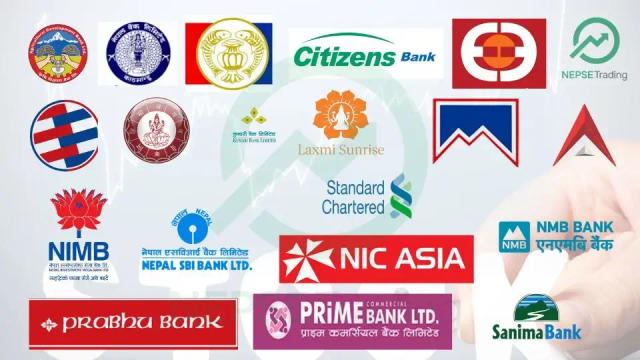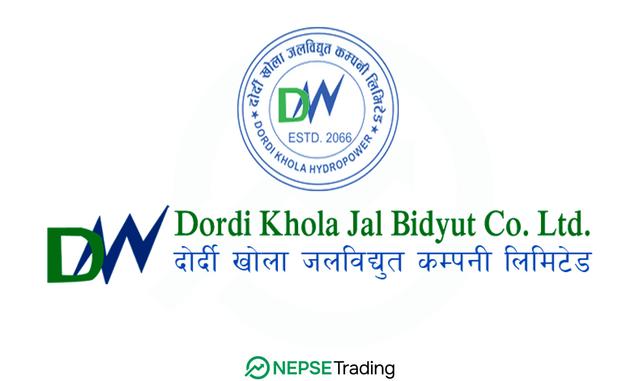Share-Backed (Margin Nature) Loans Increase by Nearly Rs. 5 Billion in Two Months — Institutional Investors Leading the Rise
Author
NEPSE TRADING

Share-backed loans, commonly known as margin nature loans, have increased by almost Rs. 5 billion during the first two months of the current fiscal year (2082/83).
According to the latest data published by the Nepal Rastra Bank (NRB), banks and financial institutions (BFIs) disbursed an additional Rs. 4.90 billion (Rs. 4.90 crore 70 lakh) in loans against shares during Saun and Bhadau (July–September 2025).
With this rise, the total outstanding share-backed loans have reached Rs. 145.60 billion (1.456 trillion) by the end of Bhadau.
This represents a 3.5 percent increase compared to Rs. 140.70 billion recorded at the end of the previous fiscal year in Asar (June 2025).
Growth Rate Slower Than Last Year but Trend Remains Upward
While the overall growth appears moderate this year, it remains positive and sustained.
During the same period last fiscal year, share-backed loans had grown by 10.7 percent, indicating that the pace has slowed but not reversed.
Experts attribute the continued expansion to ample liquidity in the banking system, declining interest rates, and renewed participation from institutional investors.
As banks hold excess loanable funds and retail credit demand remains weak, more capital is flowing toward the stock market through margin financing.
Large Borrowers Rise, Small Borrowers Decline
NRB data reveals a significant structural shift in loan distribution.
Large-scale margin borrowers — those borrowing above Rs. 10 million (1 crore) — have increased notably, while small and retail borrowers have declined.
Loans exceeding Rs. 10 million reached Rs. 102.32 billion by mid-September, up 3.4 percent or Rs. 3.39 billion compared to Asar-end levels (Rs. 98.92 billion).
Similarly, loans in the Rs. 5 million to Rs. 10 million range jumped 11.7 percent to Rs. 17.90 billion, indicating growing confidence among mid-sized investors.
This segment alone added Rs. 1.87 billion in new disbursements within two months.
Small Borrowers Pulling Back
Conversely, small-sized margin loans have declined.
Loans between Rs. 2.5 million and Rs. 5 million dropped 1.7 percent to Rs. 17.26 billion, while loans below Rs. 2.5 million fell 0.8 percent to Rs. 8.11 billion.
This shift indicates that institutional and high-net-worth investors are becoming more active, while small retail investors remain cautious.
Market analysts view this trend as a reflection of growing institutional participation and risk aversion among small traders after recent market volatility.
Institutional Investors Increasing Market Exposure
The rise in large-scale margin loans suggests that institutional investors — such as mutual funds, insurance companies, and large private investors — are increasing exposure to equities.
Banks, facing excess liquidity and falling interest rates, have also shown greater willingness to lend against share collateral.
As deposit rates decline, investors find the stock market comparatively more attractive, driving higher demand for margin-based financing.
Analysts note that this shift marks a potential institutional revival in the Nepali stock market, which had been largely dominated by retail investors over the past two years.
Market Still Weighed Down by Political and Natural Uncertainty
Despite the rise in credit exposure, the overall investor sentiment remains fragile.
Following the recent Gen-Z protests, ongoing political instability, and the economic damage caused by floods and landslides, market confidence has not fully recovered.
However, investors remain cautiously optimistic, particularly as the government has begun implementing key recommendations from the Capital Market Reform Task Force formed by the Securities Board of Nepal (SEBON).
If these reforms continue as planned, analysts expect gradual recovery in investor morale and market activity in the coming months.
Falling Interest Rates Fuel Market Optimism
Commercial banks currently hold significant amounts of idle investable funds, while deposit and lending rates are on a declining trend.
This has encouraged investors to reallocate capital toward equity investment, expecting better returns than traditional savings products.
The sustained drop in lending rates has made margin loans more affordable, further boosting borrowing for share investment.
According to market experts, this environment of cheap credit and ample liquidity is a key driver behind the recent rise in margin financing volumes.
Market Liquidity Feeding Institutional Confidence
In summary, the first two months of the fiscal year have witnessed a Rs. 4.90 billion (3.5%) increase in share-backed loans, marking a steady yet structural shift in Nepal’s stock market financing pattern.
While small borrowers are retreating, large and institutional investors are taking the lead, signaling growing market depth and long-term confidence.
If political stability improves and policy reforms continue, both margin loan expansion and overall market turnover are expected to rise further in the coming quarters.
With interest rates falling and liquidity remaining strong, the Nepali stock market could enter a moderate recovery phase led by institutional investment.



